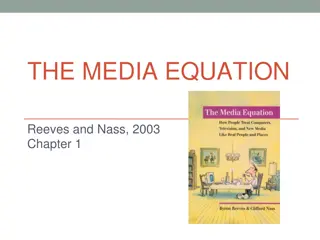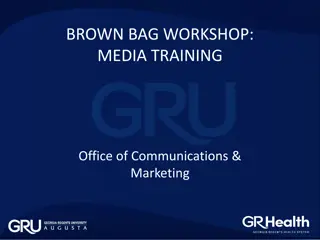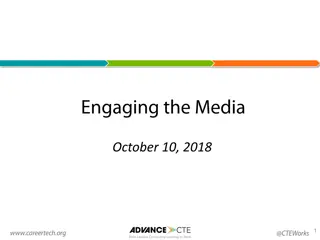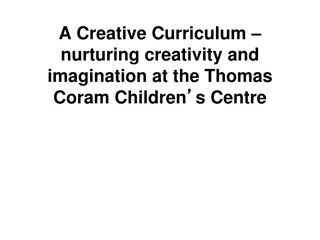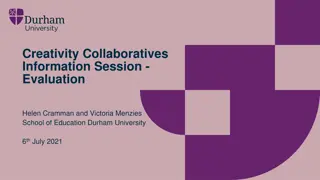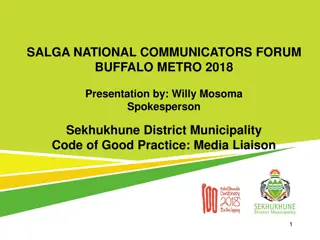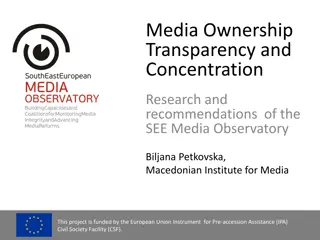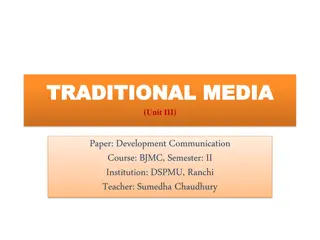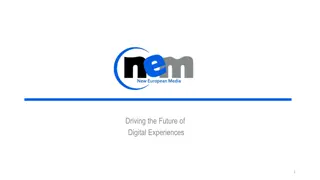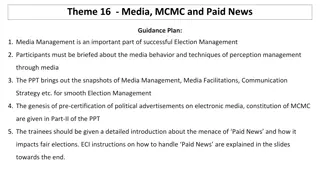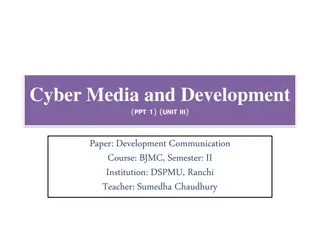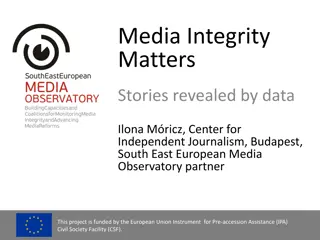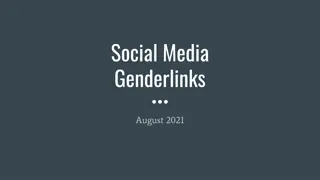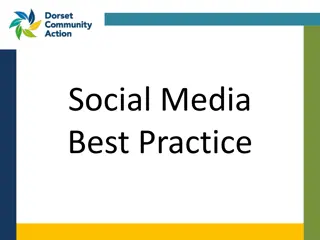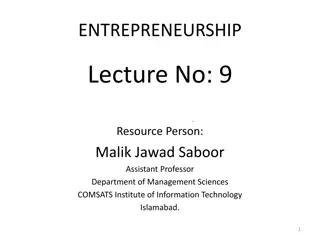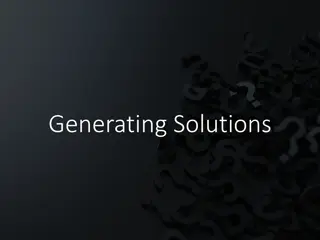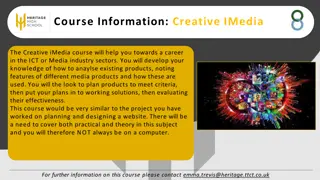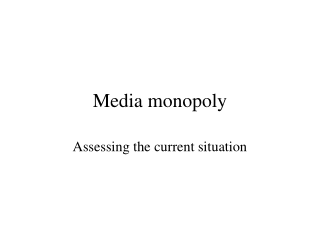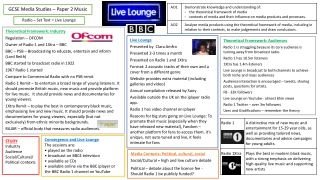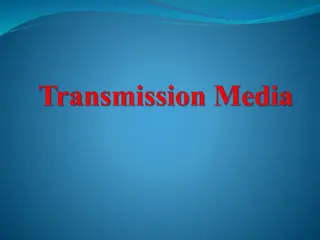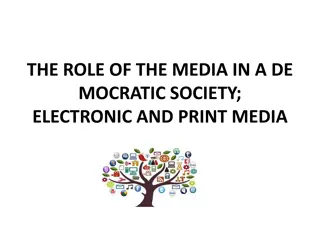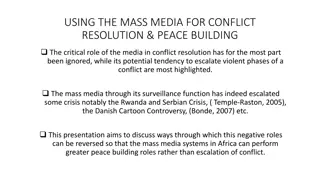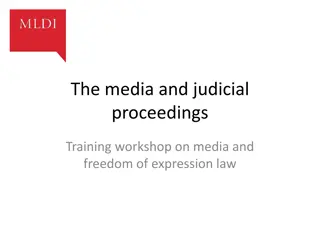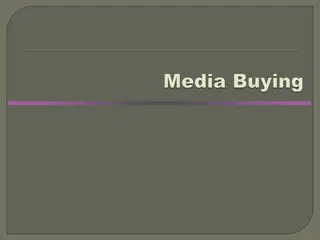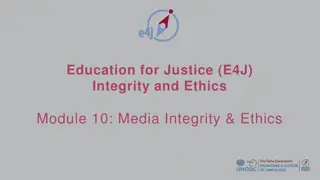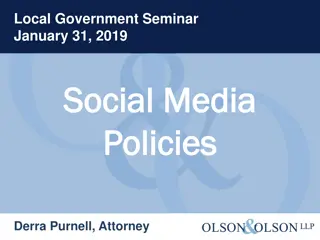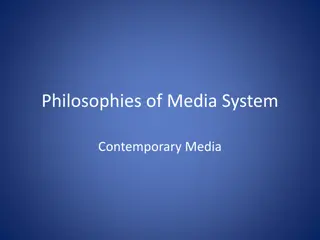Strategic Management of Creativity in Media Organizations
Management of media organizations requires a unique approach due to the involvement of creativity. Unlike mass-production factories, creating programs involves strategic planning, smart objectives, and understanding the audience to achieve success. The article emphasizes the distinction between strategy and tactics, highlighting the importance of setting SMART goals. It also discusses audience segmentation, program mix formulation, and the essence of winning over audiences in the media industry.
Download Presentation

Please find below an Image/Link to download the presentation.
The content on the website is provided AS IS for your information and personal use only. It may not be sold, licensed, or shared on other websites without obtaining consent from the author. Download presentation by click this link. If you encounter any issues during the download, it is possible that the publisher has removed the file from their server.
E N D
Presentation Transcript
MANAGEMENT OF CREATIVITY Management of media organisations is something of special case because it involves the management of creativity. The Making of programmes isn t like running a mass-production factory.
Strategic Planning Planning is like navigation: drawing a track on a chart and taking into account wind, tide and speed-of-advance to get from A to B.
START WITH. 0Where do we want to get to? 0How are we going to get there? 0How can we measure our progress? 0What are we going to do when we arrive?
But remember. as every experienced navigator knows, you can t even begin to answer those questions until you ve first asked: Where are we?
STRATEGIC VS TACTICS 0Strategy is what you do: It s been described as doing the right things , or effective leadership. 0Tactics is how you do it: doing things right or efficient management.
0Tactics are short term 0strategy is longer- term.
BE SMART 0 To deliver results, the plan has to be presented in terms of concrete objectives. 0 The objectives should be SMART: 0Specific 0Measureable 0Achievable 0Realistic 0Time-related
SMART ENOUGH? Answer these questions 0Who is going to do it? 0When will it be done? 0How long will it take? 0How much will it cost? 0What resources will be needed? 0What priority should it be given?
Programm & Planning production
1. WINNING THE AUDIENCE 0 WHO ARE THEY? 0 MASS OR NICHE?
2. THE PROGRAMME MIX the challenge is to formulate a recipe which will feed as many people as possible, satisfy their appetites and keep with our shopping budget.
3. THE COST To value for money, the product can be: GOOD/FAST/CHEAP 0can have it good and fast; but it won t be cheap (you might, for instance, have to buy in extra effort to meet the deadline) 0 You can have it good and cheap; but it won t be fast (because you might have to fit the work round time when in-house effort is most economically available) 0 You can have it fast and cheap; but it s unlikely to be good (high production values really do have a price)
4. SCHEDULING 0What is the audience doing now? 0What is the competition doing? 0Determine prime time 0It s so essential to know your audience- how they think and how they behave. If you re in tune with them, they ll seek you out and stick with you.
5. PROMOTING Essentially, we need to know: 0 The audience rating: the number of people who watch or listen, averaged over the duration of the programme 0 The audience share: the percentage of those watching or listening to any channel at the time who are tuned to your programme 0 The audience reach: the number of individuals who view a significant part of the programme-usually regarded as 15 consecutive minutes.




